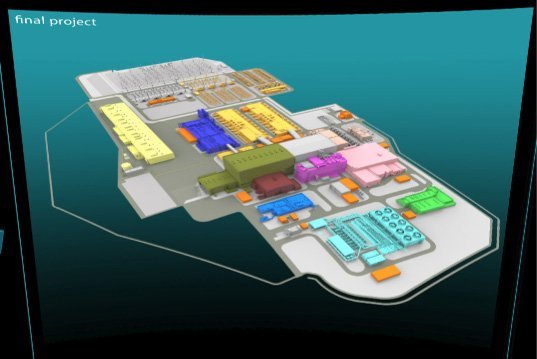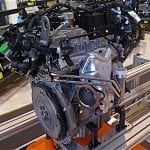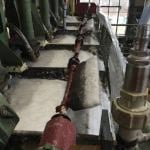
Several nations are working together to transform the energy industry through fusion, “the nuclear reaction that powers the sun and the stars.” The project’s members include the United States, Russia, China, India, and the European Union. The project centers entirely around fusion as a “potential source of safe, non-carbon emitting and limitless energy.”
Fusion involves two nuclei of atoms; and multiple possible combinations for fusion exist, though current technology is only capable of accessing the fusion of two hydrogen isotopes, deuterium and tritium. Physicists at Tel Aviv University and the University of Chicago discovered “evidence suggesting that fusion could occur between quarks, an elementary particle that is a constituent of the nucleus,” according to the ITER website. “Quark fusion, they calculate, could generate approximately eight times more energy than the energy released during DT fusion.”
The International Thermonuclear Experimental Reactor (ITER) is a “complex science project” designed to prove that fusion power is sustainable and that it can be generated on a commercial scale. It has been described as “the key experimental step between today’s fusion research machines and tomorrow’s fusion power plants.” A recent press release describes the project and its benefits:
- Fusion energy is carbon-free, environmentally sustainable, and far more powerful than fossil fuels.
- ITER uses two forms of hydrogen fuel: deuterium (D), which easily extracted from seawater, and tritium (T), which is bred from lithium inside the fusion reactor. The supply of fusion fuel is enough to last millions of years.
- When the fusion reaction is disrupted, the reactor shuts down safely and without external assistance; and the small amounts of fuel that are used eliminate the possibility of an accident caused by a meltdown.
- Building and operating a fusion power plant is targeted to be comparable to the cost of a fossil fuel or nuclear fission plant without the costs and risks associated with high-level radioactive waste disposal or the release of CO2 and other pollutants.

ITER utilizes hydrogen fusion to generate heat, which will be used in commercial facilities to drive turbines and produce electricity. Fusion power “offers the prospect of an almost inexhaustible source of energy for future generations, according to the World Nuclear Association.
ITER is an experimental device and therefore will not convert generated heat into electricity; instead, it will circulate pressurized cooling water through the installation to reduce the heat load. The infrastructure of the heat rejection system is concentrated in a 6,000-square-metre area, and the cooling tower cold basin is divided into five separate compartments, where water flows out to the pumps.

ITER utilizes hydrogen fusion to generate heat, which will be used in commercial facilities to drive turbines and produce electricity. Fusion power “offers the prospect of an almost inexhaustible source of energy for future generations, according to the World Nuclear Association.
ITER is an experimental device and therefore will not convert generated heat into electricity; instead, it will circulate pressurized cooling water through the installation to reduce the heat load. The infrastructure of the heat rejection system is concentrated in a 6,000-square-metre area, and the cooling tower cold basin is divided into five separate compartments, where water flows out to the pumps.

The project recently marked a major milestone with 50 per cent of the “total construction work scope through First Plasma” was completed, which, according to a statement by Director-General Bernard Bigot, reflects “the collective contribution and commitment of ITER’s seven members.”
“The stakes are very high for ITER,” said Bigot. “When we prove that fusion is a viable energy source, it will eventually replace burning fossil fuels, which are non-renewable and non-sustainable. Fusion will be complementary with wind, solar, and other renewable energies.” He also stressed the importance of all members in maintaining the project, as it is built in an integrated way, which makes success interdependent.
Sources:
https://www.iter.org/news/pressreleases
https://www.iter.org/doc/www/content/com/Lists/list_items/Attachments/759/2017_12_Fifty_Percent.pdf
https://www.iter.org/newsline/-/2877
https://static.iter.org/com/360/2017-04/index.html

































